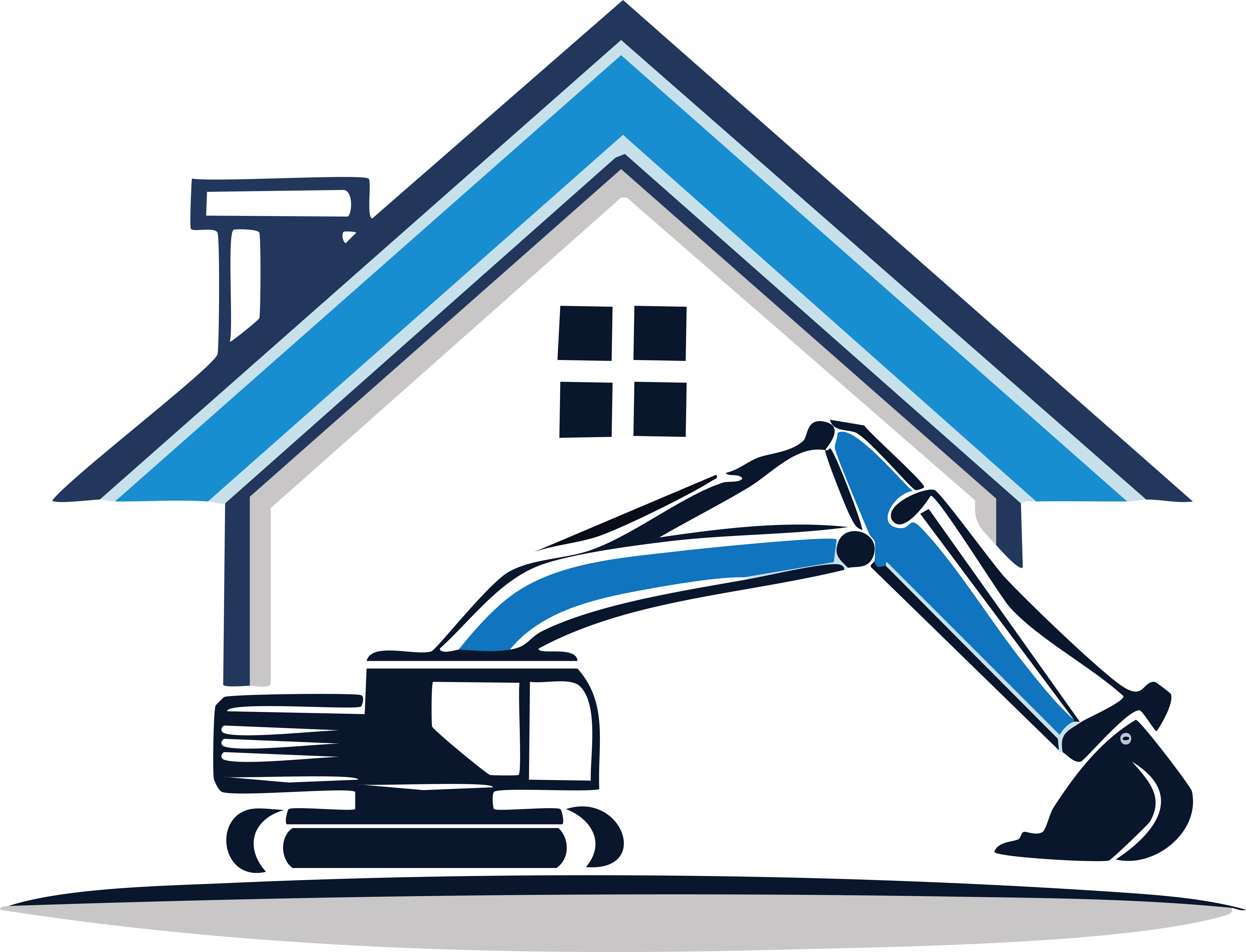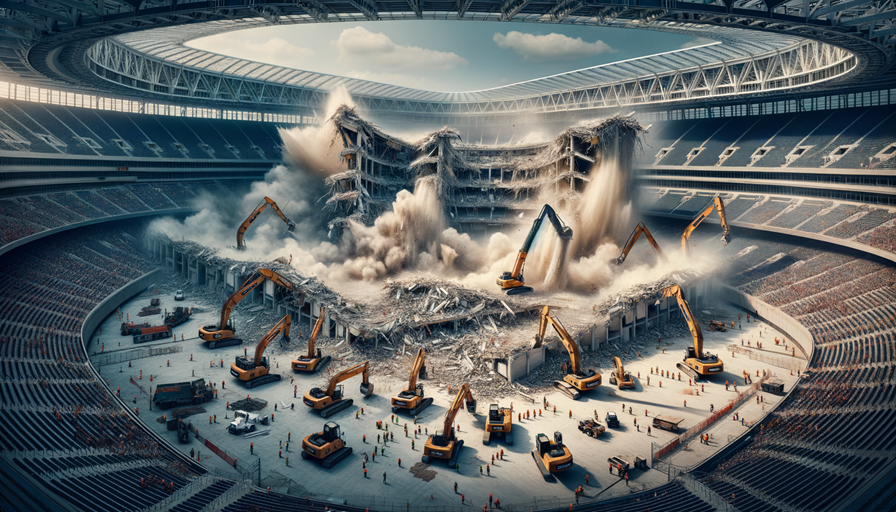In the ever-evolving urban landscape, the demolition of stadiums has become a frequent phenomenon. These structures, once the centers of sports and cultural gatherings, may be brought down to make way for new architectural marvels or repurposed land. This post will explore specific examples of stadium demolitions, focusing on the technical aspects, historical context, and community response. We’ll also touch upon related fields, such as residential demolition and house demolition.
1. Yankee Stadium, New York City – Demolition in 2010
Technical Aspects:
Yankee Stadium’s demolition, unlike standard residential or house demolition, required extensive planning. Specialized techniques were used to dismantle the steel framework and concrete structure, ensuring that nearby structures were undamaged.
Historical Context:
Yankee Stadium was more than just a sports venue; it was a cultural icon in the heart of New York. Its demolition marked the end of an era.
Community Response on Stadium Demolitions:
There was mixed emotion regarding the demolition of Yankee Stadium. Many fans mourned the loss, while others welcomed the new stadium, eager for a modern experience.
We are experienced Demolition Company based in Melbourne, Victoria that offer top-tier demolition services all around Melbourne and across Victoria, Australia.
For all your Demolition needs contact us to GET FREE QUOTE NOW!
2. Candlestick Park, San Francisco – Demolition in 2015
Technical Aspects:
The demolition of Candlestick Park required the use of over 4,500 pounds of explosives, followed by weeks of mechanical demolition. It differed from residential demolition or house demolition in scale and complexity.
Historical Context:
Candlestick Park hosted significant sports events, including NFL and MLB games. Its demolition made way for a mixed-use development, sparking debates over land use and city planning.
Community Response on Stadium Demolitions:
The community response was diverse, with some individuals lamenting the loss of a beloved venue and others applauding the prospects of new development.
3. Georgia Dome, Atlanta – Demolition in 2017
Technical Aspects:
The Georgia Dome’s implosion was a precise process involving explosives and timed detonations. Unlike the demolition of a house, this process required coordination between engineers and demolition experts to minimize impact on adjacent structures.
Historical Context:
Built in 1992, the Georgia Dome had a rich history, hosting Super Bowls and Olympic events. Its demolition marked the transition to the modern Mercedes-Benz Stadium.
Community Response on Stadium Demolitions:
The community’s feelings were varied, with excitement for the new stadium tempered by nostalgia for the old.
Conclusion: Reflections on Stadium Demolitions and Beyond
Stadium demolitions provide a unique perspective on urban development. Unlike the demolition of a house, these projects often entail complex technical challenges, rich historical contexts, and a diverse range of community responses. They offer insights into broader themes, including urban planning, cultural preservation, and the environmental implications of large-scale demolitions.
The experiences gained from these stadium demolitions can also inform residential demolition and house demolition practices. From engineering techniques to understanding community response, these case studies shed light on a fascinating aspect of our ever-changing urban landscape.

